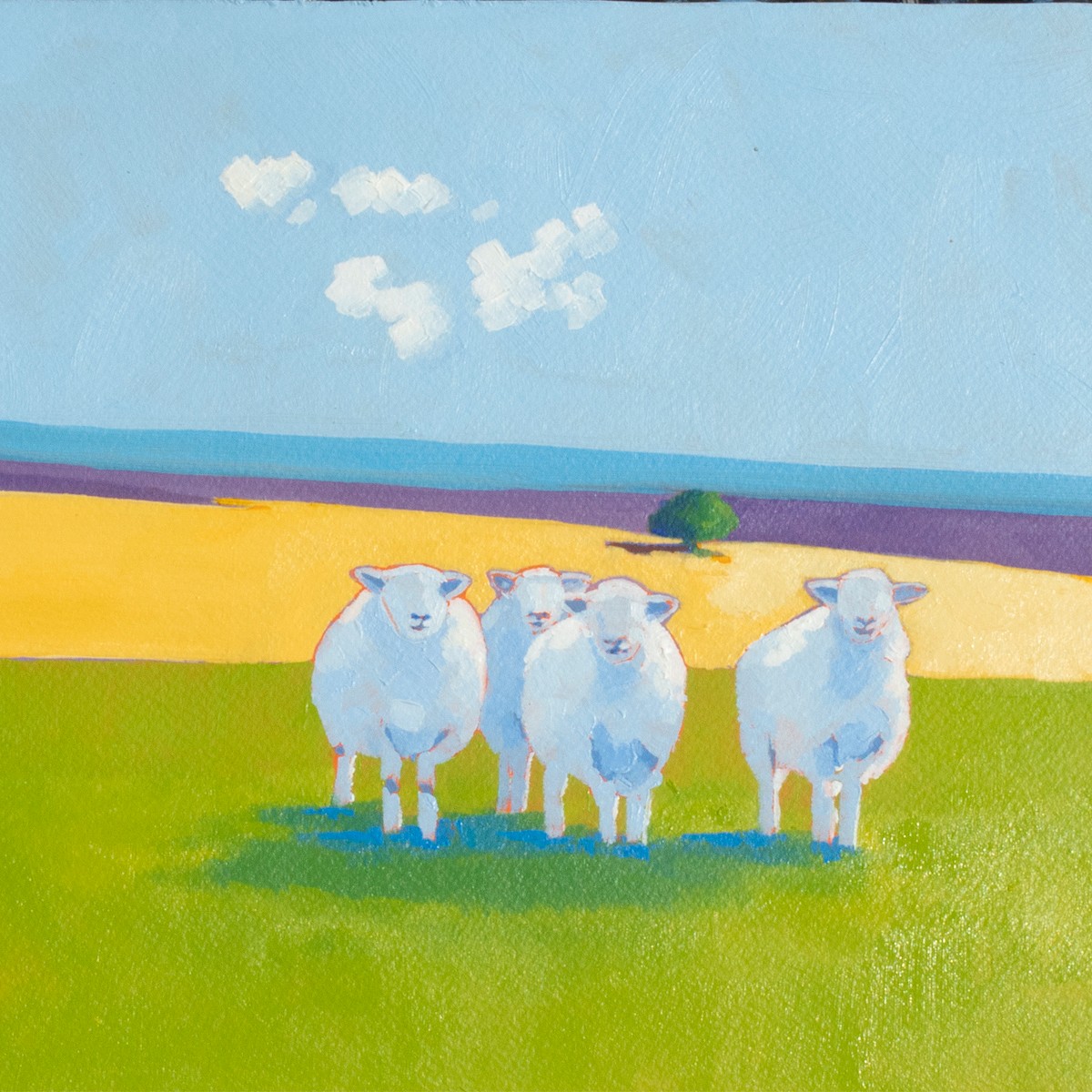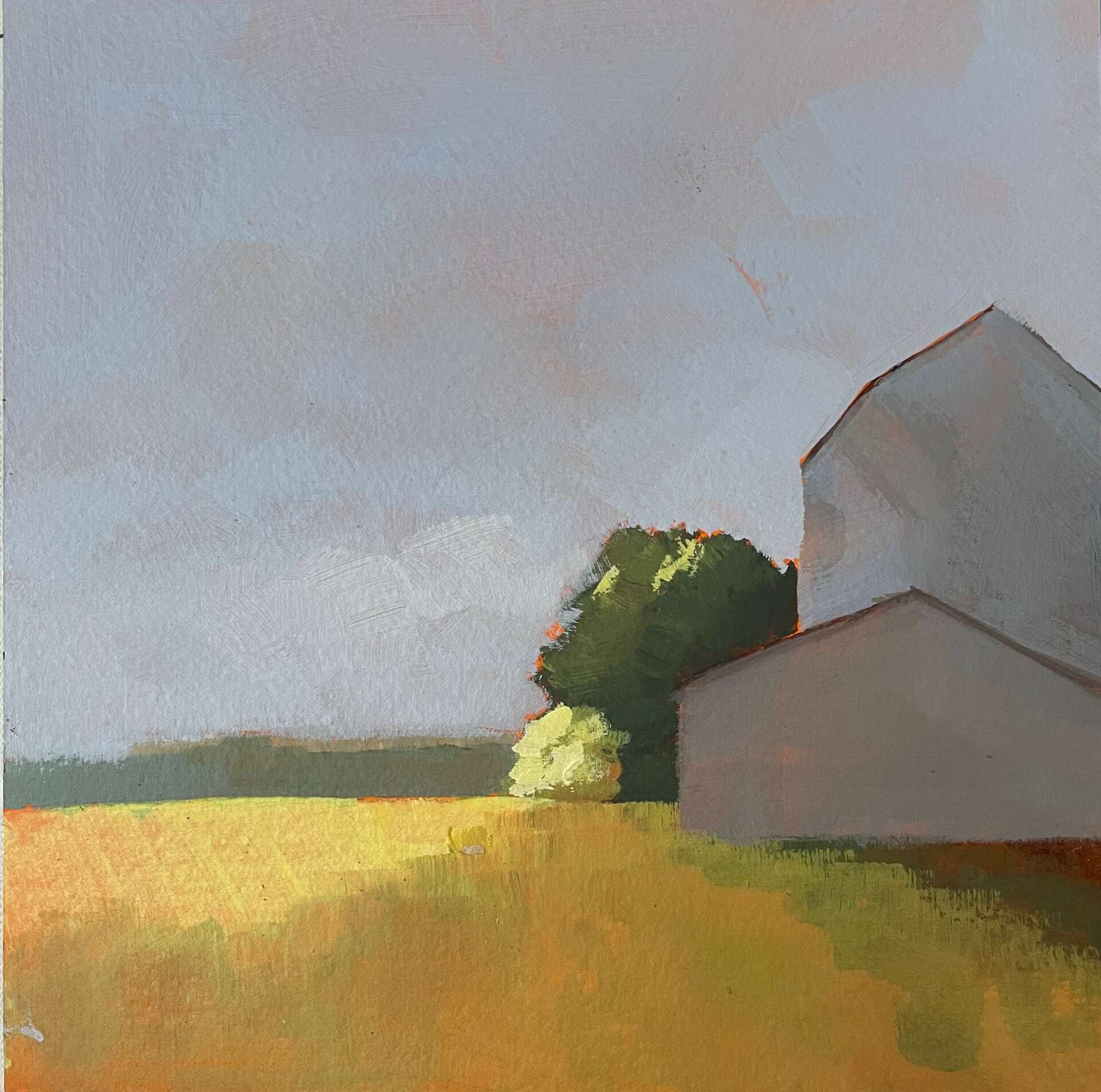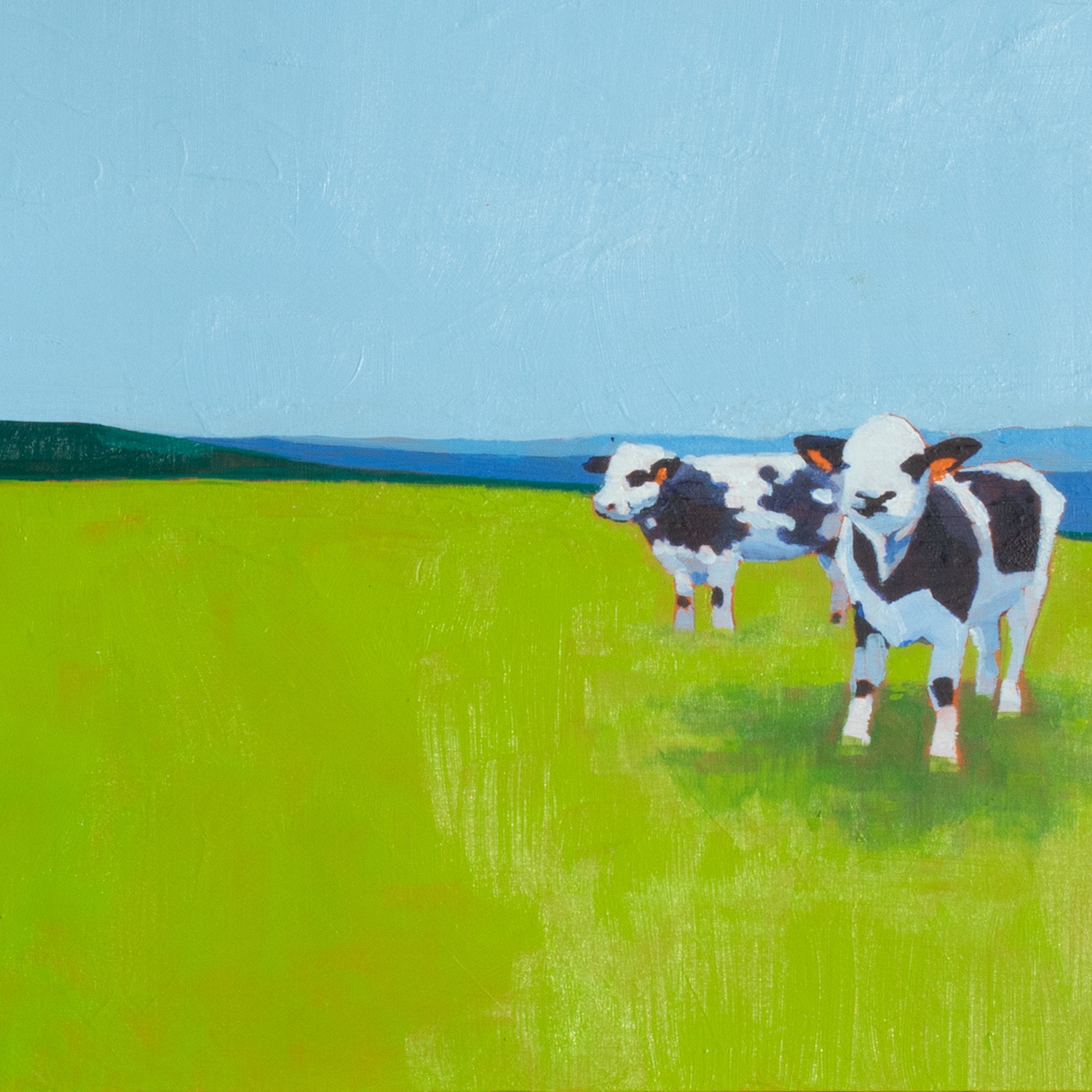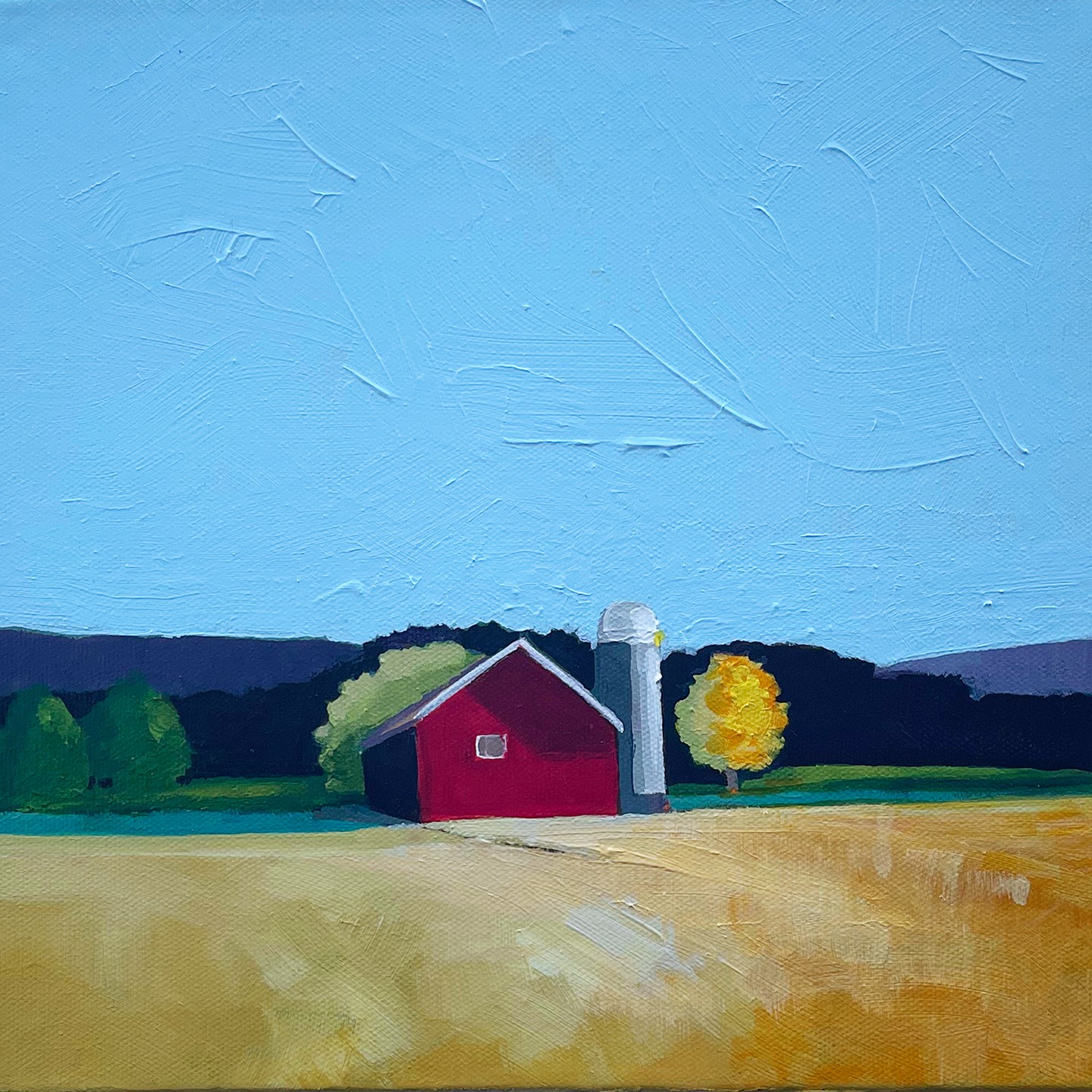We’re excited to introduce you to the always interesting and insightful Ruth LaGue. We hope you’ll enjoy our conversation with Ruth below.
Alright, Ruth thanks for taking the time to share your stories and insights with us today. Can you open up about a risk you’ve taken – what it was like taking that risk, why you took the risk and how it turned out?
Does risk mean failure? It’s a question I often ask myself and the answer I continue to come to is this; risk is the process of reframing an outcome.
For example, in my day job as a user experience designer, I’m happy to fail, because I learn something from users about my designs which will make their experience better. So yeah, I happily fail and keep failing until the product is just right for the user.
But with my art, I approach risk differently, I’m reluctant to fail. Why? I’m not sure, maybe it’s the idea of change.
Back in 2019, my family and I decided to move to a new town in western Massachusetts, 2 hours from where we were living and had lived for 30 years. The move meant uprooting everything; selling our home and discovering a new community. For my art, it meant discovering a new group of collectors, studio space, exhibit spaces and artist friends. However, we felt it was time, so we did it. It was December when we arrived, 2 months later we were in the heart of the pandemic and lockdown.
What could I do? I went deeper into my art. The isolation gave me time to re-examine my work; I started experimenting with deconstructing my style, a new color palette, using brushes instead of palette knives, and taking virtual art lessons. I developed a new process; took notes about my work, focused on what I liked, didn’t like, and made a list of the things that defined “my style”, always thinking I could go back to painting the way I had been before.
It’s been almost 3 years now, in the small moments risk has had moments of failure, but I never identified the process as a risk, I identified it as an experiment and yesterday, for the first time I found a new connection to my work, an ah-ha, the marks felt deliberate and I felt my work had grown.



Ruth, before we move on to more of these sorts of questions, can you take some time to bring our readers up to speed on you and what you do?
I was raised in Alaska – the last frontier. My sister and I spent an enormous amount of time outside, fishing, canoeing, skiing, hiking and snowmobiling. You could say Alaska galvanized my love of landscapes — it’s wide open spaces, big skies and never ending mountain ranges. There was always something new to see, no matter where you were; the outdoors was a rich treasure of sights, sounds, and stillness.
Fast forward to my late twenties — I had graduated from the Rhode Island School of Design, and gotten my first job in Boston (as an on-air graphic designer). The dust had finally settled and I was beginning a new start in a big city. Yet, I was consumed with an overwhelming feeling that I was missing something.
I told a friend about my dilemma and he suggested meditation. I was hooked, there was the stillness I had experienced in nature and a connection to spirit I had lost since being away from my home.
It wasn’t until about 15 years ago, that I began to feel my creativity needed another outlet; graphic design wasn’t cutting it. I took a class in encaustic painting (painting with beeswax) and again had that familiar feeling of stillness returned. I later went from encaustics to painting with acrylics and have continued to learn from a number of teachers.
My work will often be a mixture of real and made-up scenes. I take a number of photographs of hills, beaches, barns, buildings, flowers and animals. I carry a sketchbook with me to capture rough value studies, indicating patterns or shapes – so I have something to refer to when I’m working back in my studio.
My work has been exhibited in galleries around the U.S. and can be found in numerous private collections; the corporate collection of BioMed Realty, Inc. and on permanent exhibit at the Encaustic Art Institute in Sante Fe.
What’s the most rewarding aspect of being a creative in your experience?
The most rewarding aspect of being an artist is two-fold; first it’s about creating a quiet space like meditation, getting out of my chattering mind and holding a space for inspiration to happen
Second, painting is about sharing a connection with my viewers/collectors. When a person observes a piece of art that moves them, science tells us that it is possible for the observer to fire off mirror neurons similar to the mirror neurons created by the artist that painted it. When this happens, it’s possible that a new neural pathway is created stimulating inspiration. This connection point is called “embodied cognition”. I think this is important because it is in this moment that a person and I share the same passion and quite possibly are able to see our environment in similar ways. We share a connection.



We’d love to hear the story of how you built up your social media audience?
Here’s my advise to creating a larger following on social media.
1. Be yourself
2. If you don’t have a website, get one
3. Keep a consistent posting calendar
4. Schedule instagram posts in advance
5. Create video clips of your creative process
6. Start a conversation with your followers – ask a question
7. Optimize your Instagram account, clearly state what you do in your IG bio – remember it’s your brand, don’t make people think.
8. Cross promote your IG account on other social media platforms and make sure your IG account is on your web site
9. Use hashtags – use the first comment for hashtags start with a small number like 10-12 – follow hashtags, these posts will appear in your feed
10. Enter juried shows, you will build your brand and get people familiar with you
Contact Info:
- Website: ruthlaguestudio.com
- Instagram: @ruthlague
- Facebook: @laguewax
- Linkedin: https://www.linkedin.com/in/ruthlague/
Image Credits
Artist photograph by Lucy Cobos 2017


